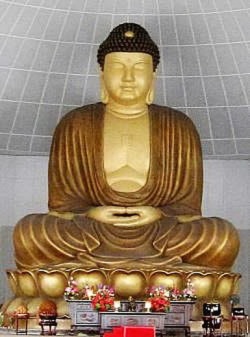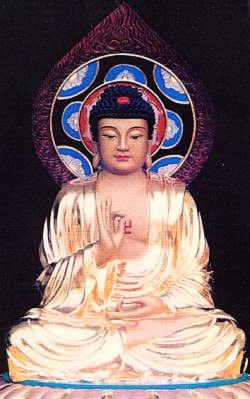Asavas
Āsava is used in Buddhist scripture, philosophy, and psychology. The glossary of the Companion Encyclopedia of Asian Philosophy definies āsava/āśrava as: inflow, influx, influence; mental bias or canker, cankers that keep one bound to the world of samsāra; used particularly in Jainism and Buddhism.
Āsava is a Pali term (Sanskrit: Āśrava);
Mental effluent, pollutant, or fermentation. Four qualities - sensuality, views, becoming, and ignorance - that "flow out" of the mind and create the flood of the round of death and rebirth.
a taint that obstructs progress toward enlightenment. The Abhidhamma lists four asavas (perhaps for convenient identification with the four supramundane paths?): sensual desire, desire for eternal existence, speculative opinions and ignorance. The Suttas usually list only three asavas, omitting explicit mention of the taint of speculative opinions (but it is referred to implicitly, e.g. at MN 2).
M (That which does unceasingly appear). Mental impurities. The four asavas are:
(kamasava)
(bhavasava)
(ditthasava)
(avijjasava)
(lit: influxes), 'cankers', taints, corruption's, intoxicant biases.
There is a list of four (as in D. 16, Pts.M., Vibh.):
the canker of sense-desire (kāmāsava)
of (desiring eternal) existence (bhavāsava)
of (wrong views (ditthāsava)
of ignorance (avijjāsava)
A list of three, omitting the canker of views, is possibly older and is more frequent in the Suttas, e.g. in M.2, M.9, D.33; A.III.59, 67; A.VI.63.
In Vibh. (Khuddakavatthu Vibh.) both the 3-fold and 4-fold division are mentioned. The fourfold division also occurs under the name of 'floods' (ogha) and 'yokes' (yoga).
Through the path of Stream-Entry, the canker of views is destroyed; through the path of Non-Returning, the canker of sense-desire; through the path of Arahantship, the cankers of existence and ignorance. M. 2 shows how to overcome the cankers, namely, through insight, sense-control, avoidance, wise use of the necessities of life, etc. For a commentarial exposition, see Atthasālini Tr. I, p. 63f: II, pp. 475ff.
Khīnāsava, 'one whose cankers are destroyed', or 'one who is canker-free', is a name for the Arahat or Holy One. The state of Arahantship is frequently called āsavakkhaya, 'the destruction of the cankers'. Suttas concluding with the attainment of Arahantship by the listeners, often end with the words: "During this utterance, the hearts of the Bhikkhus were freed from the cankers through clinging no more" (anupādāya āsavehi cittāni vimuccimsū'ti).
One of the groups of defilements; Asava can be translated as canker, poison or intoxicant.
There are four asavas (Dhammasangani 1096-1100):
the canker of sensuous desire, kamasava
the canker of becoming, bhavasava
the canker of wrong view, ditthasava
the canker of ignorance, avijjasava


